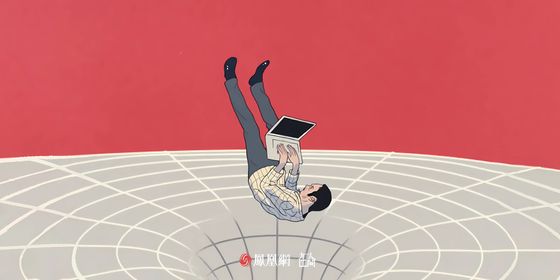From traditional “capping ceremonies” to driving tractors across campus, here are some graduation ceremonies students are unlikely to forget
This year‘s university convocation season, which started in early June and will last until the end of the month, will mark a new beginning not only for the graduates but for China as a whole: According to the Ministry of Education, the graduating class of 2022 is China’s biggest ever, with nearly 10.8 million students getting their diplomas from universities and colleges across the country. It is also the first class in which students born in the new millennium, or “post-00s (零零后),” predominate.
This giant class of students will also be graduating into China’s toughest job markets in recent years, with many sectors downsizing due to Covid-19, and added competition from many Class of 2021 students still job-hunting a year after their own graduations. There are also students still unable to attend their graduations, or campuses unable to host them on a large scale, due to lingering pandemic restrictions. Nevertheless, convocation is typically time for students, teachers, and families to let loose and celebrate their achievements, and a few universities have used out-of-the-box thinking to make these ceremonies creative and truly memorable for all involved:
Traditional robes and capping
Ever since 1994, when China’s State Council issued a set of guidelines standardizing academic dress across the country, the Western-style combination of robe, sash, mortarboard cap, and tassel have been de rigeur at Chinese university and high school graduation ceremonies. In recent years, though, as consumers have started embracing homegrown cultural symbols, several universities have attempted to inject traditional culture elements into their graduation fashions.
This year, Jiangsu Normal University went viral for going the extra mile: not only dressing students and faculty in hanfu and hats traditionally worn by Confucian scholars, but making them march into the auditorium to the sound of flat drums, zithers, and bronze bells, and seating them at low tables and mats. The principal and other officiants appeared to read their speeches from sets of bamboo slips, and rather than having their tassel turned, students went on stage to be “capped” with a scholarly hat a la the traditional coming-of-age ceremony known as 冠礼 (guānlǐ, “rite of the cap”) among males in the Han dynasty (206 BCE – 220 CE). They also bowed three times each—to honor their parents, their teachers, and the school.













